Don’t Let Invasive Plants Wreak Havoc on your Landscape
This past June, New York hosted its New York Invasive Species Awareness Week. If you missed it, here is a better understanding of what invasive species are and why we need to become more aware of them.
Invasive plants are plants that are not native to our region. They’ve been introduced from other regions and are extremely successful at spreading at a rapid rate. Left alone to spread, they cause ecological harm to our region.
Invasive plants spread quickly because the insects and diseases that plague them in their native lands are missing from our habitat, giving the invasive plant free rein wherever they take hold. Their spread crowds out their competitors, which are our native plants.
The following invasive plants arrived in New York from all over the world. Some are beautiful, but all of them can cause serious problems for native plants and even animal species. Here are ten of the invasive plants affecting our area:
Common Reed – It outcompetes and replaces native plants. It also produces mesoxalic acid, which is a toxin harmful to many plants.
Garlic Mustard – This invasive herb chokes out native plants by controlling light, water and nutrient resources needed by other plants.
Giant Hogweed – This gigantic member of the carrot family is one of the most dangerous invasive species in New York due to its ability to cause permanent scarring by painful burns caused by its sap. Because of this potential harm, always call the DEC instead of trying to take these plants out by yourself. It’s size blocks the sunlight smaller plants need to thrive.
Honeysuckle – There are both native and invasive species of honeysuckle present in our region. Invasive varieties can primarily be distinguished by their hollow stems. These plants’ dense growth suppress other native species. They are also less nutritious and can harm migrating animals that eat the berries.
Japanese Barberry – Because it is shade tolerant, Japanese barberry can threaten native species in a variety habitats ranging from closed canopy forests, to woodlands, wetlands, pastures, meadows and wasteland. It grows in dense stands that can inhibit forest regeneration.
Japanese Knotweed – A member of the buckwheat family, this plant can grow up to fifteen feet tall and looks like bamboo. Its swift spread crowds out other plants.
Japanese Stiltgrass – This invasive decreases biodiversity by out-competing native grasses, sedges, and herbs. Areas infested by this plant often have high occurrences of other invasive plants.
Purple Loosestrife – While pretty, purple loosestrife can rapidly out-compete and displace native species. It creates a canopy that suppresses growth and regeneration, and can pose a problem for nesting birds and waterfowl. Their dense root system can also raise the water table and reduce water flow.
Swallow-wort – The quick growth of this invasive prevents native species from growing. This loss of biodiversity can harm native animal species that feed on native plants. Native birds and monarch butterflies are specifically threatened.
Wild Parsnip – Like giant hogweed, wild parsnip sap contains chemicals that can cause a severe burn within 48 hours. It can cause skin discoloration that can lead to years of light sensitivity. Call the DEC if you discover this plant.
The Cornell Cooperative Extension is offering free invasive species identification services this year to help stop the spread of these plants. You can email a photo of a suspected plant to dm282@cornell.edu.
Image by Dieter Staab from Pixabay
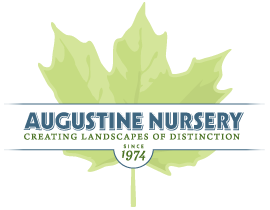
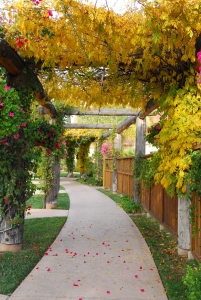 There’s a period of time toward the end of summer when avid gardeners and homeowners who love their yards begin to mourn prematurely the end of their favorite season – summer. For those of you in this group, here’s a perfect way to continue working in the yard while setting up a thing of beauty for next spring.
There’s a period of time toward the end of summer when avid gardeners and homeowners who love their yards begin to mourn prematurely the end of their favorite season – summer. For those of you in this group, here’s a perfect way to continue working in the yard while setting up a thing of beauty for next spring.
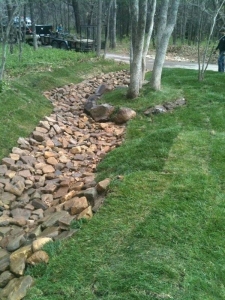

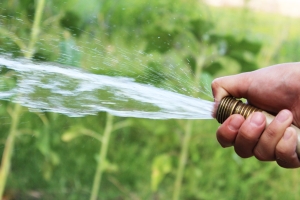 Watering Your lawn
Watering Your lawn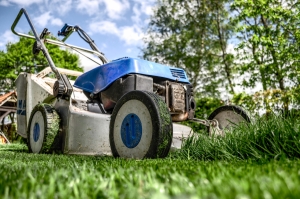 Mowing Your Lawn
Mowing Your Lawn